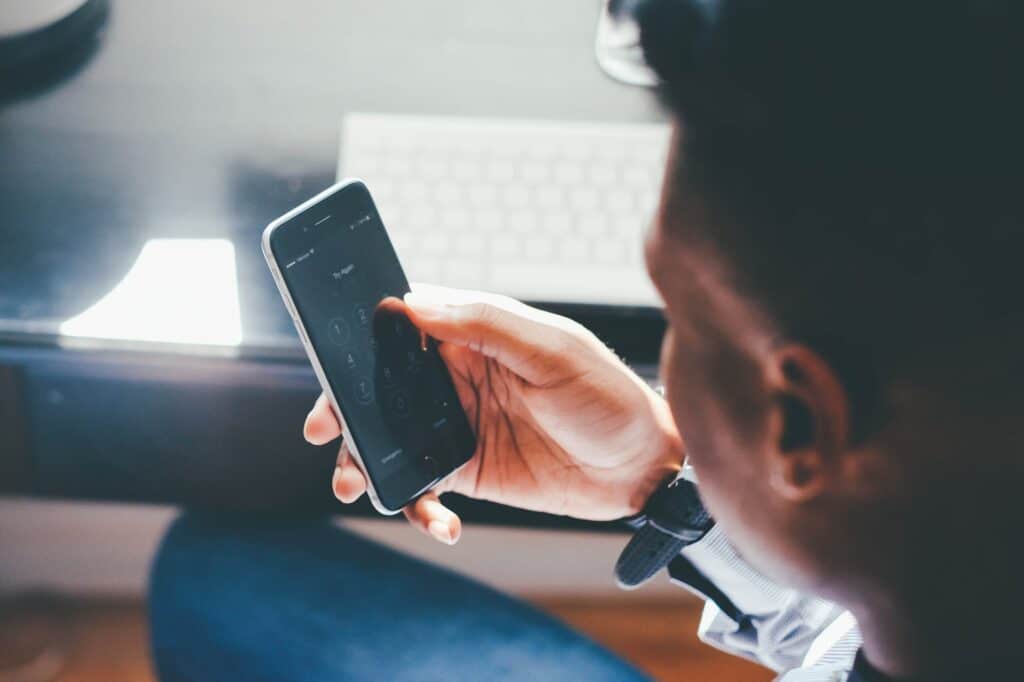We have great news for anyone visiting, moving to, or doing business in Brazil. The Brazilian government has unveiled Pix, a new electronic payment system that makes purchases, payments, and transfers much easier. Pix is a fast payment system from the Central Bank of Brazil that went live in 2020.
Pix payments can be used to make purchases, pay bills, and send and receive money. Unlike a TED or DOC payment, which can take a few business days to clear, Pix is an instant payment system that allows you to receive your money promptly and securely. You can even send a money transfer to PIX using Remitly.
Read on to learn everything you need to know about the Pix payment system and how to use Remitly to transfer money using Pix keys.
What are Pix payments?
Pix is a fast payment system created by Banco Central do Brasil (BCB) — the Central Bank of Brazil — and launched in 2020. As Brazil’s central bank, the BCB controls much of the country’s monetary policy.
All other financial institutions with at least 500,000 accounts must participate in the Pix payments system, and smaller institutions can opt-in voluntarily.
Pix uses an app that acts as a digital wallet and creates unique QR codes to facilitate user transactions. A QR code is a type of square-shaped barcode that can be scanned with your mobile phone.
With Pix aliases, you can make payments in near-real-time. Transactions happen within seconds, making this a very efficient payment system.
Before the introduction of the Pix alias system, transactions could only be processed during banking hours. The program makes for a more efficient financial system that’s available 24/7.
By introducing Pix payments, Brazil is on the cutting edge of fintech in Latin America, with six in 10 Brazilians using the system.
How are Pix payments used?
Pix transfers funds electronically between user accounts and can be used for many purposes. Here are some examples of users who could pay with Pix instead of using traditional payment methods:
- People who want to transfer money to others, like repaying a friend
- Individuals who need to pay for government services
- Businesses paying employees or freelancers
- Customers purchasing items at participating retailers, both in person and online
- Businesses purchasing goods or services
The Pix payment system enables people to make transactions instantly, even when banks are closed. This is important because one perceived barrier to using credit or debit cards was that transactions only finalize during banking hours.
Additionally, Pix fosters financial inclusion in Brazil by making payments accessible to Brazilians without bank accounts. All you need is a personal Pix key, also known as a Pix alias.

How do Pix keys work?
To use the Pix payments platform, each user sets up a unique Pix key.
You can choose from four types of keys: e-mail address, cell phone number, CPF or CNPJ (individual taxpayer ID in Brazil), or a randomly chosen key. Once created, that key becomes users’ personal information for Pix transactions.
To register an address key, the user works with a financial institution to confirm and link the key to a transactional account, such as a checking account.
Somebody can also set up an address key without registering it, which means even those who do not use a bank can still use this system. This open environment expands the ability to move funds through electronic payments and transfers to a larger portion of the Brazilian population.
Although you’re not required to register Pix Aliases, the Central Bank of Brazil highly recommends registering your Pix key. A statement advises, “Although you might be able to receive transactions just by informing your account data, this option is not as practical as using the key and might cause a delay in initiating the transaction, reducing the payer’s advantage in making a Pix.”
Once individuals have their own Pix key, they can use it as a payment method for many transaction types. It works by providing the individual’s address key information or creating a scannable QR code to complete the transaction.
Once the transaction is initiated, the account holder can see the information and receive payment confirmation, providing a transparent checkout process for both parties.
Reasons to use Pix in Brazil
There are many reasons to use Pix as your primary payment method in Brazil. Pix helps keep transaction costs low compared to using a debit or credit card, and this low-cost functionality allows users to keep more of their hard-earned money.
Moreover, the payee has quick access to the funds without waiting days for the transaction to be complete. Full-time availability means that transfers can go through any time of day, even when banks are typically closed.
If you’re a business, this can open up more payment options for in-person customers who don’t have a bank account but want the security of not carrying cash.
Plus, this type of digital payment can be an excellent alternative to credit and debit cards since some Brazilians remain wary of fraud in financial institutions.
Additionally, strict privacy controls are in place, so you don’t have to worry about hackers or scammers accessing your financial information. The General Data Protection Law assures bank secrecy and security to protect your personal information.
Exceptions to the Pix payments platform
Although the Brazilian Pix system is versatile and practical, some exceptions may limit its functionality for some types of transactions.
For example, a business that allows Pix as a method of payment can place a maximum limit on the number of Pix transactions an individual can process—either per day, month or in total. There are regulations around the minimum limits businesses can set.
Another limitation is that a Pix alias can be affiliated with only one transactional account. As a result, a person with multiple bank accounts will need multiple Pix keys.
Also, while customers can use the Pix Saque system to make cash ATM withdrawals, there may be limits on when and where to access this service.
Finally, the Pix system is only available for Brazilian transactions. If you want to send money internationally, you must use Pix with a third-party service like Remitly.

How to use Pix with Remitly
Remitly is the first international remittance company to enable Pix payments through our app. That makes sending money to Banco do Brasil or any other Brazilian bank easy.
To use Pix with Remitly, you just need to ask your recipient for their Pix key. Once you have that, the rest of the transfer process is easy.
Simply download the app, sign up, and select Brazil as your destination country. Then, choose Pix as the delivery method and enter your recipient’s Pix key.
If the recipient doesn’t have a Pix key, you can still send money to their bank account, but you’ll need to enter more information to get the funds to the right place.
Great exchange rates and low fees
Because the Pix platform uses Brazilian real (BRL), it can convert any overseas currency to BRL when transferred through the platform.
So, if you’re sending money from the U.S. to Brazil, for example, you’ll want to monitor the exchange rate between the U.S. dollar (USD) and the BRL.
Pro tip: Remitly offers a promotional exchange rate for your first bank transfer to Brazil to help you make more money at home.
The bottom line
The Pix payment system is a fast and easy way to send money to your loved ones in Brazil. But if you’re transferring money internationally, you must use an additional money transfer service to complete the transaction.
Remitly makes that easy. Once you set it up, you can send money to anyone in Brazil using their personal Pix key.
Download our app, and we’ll show you how to get started.

